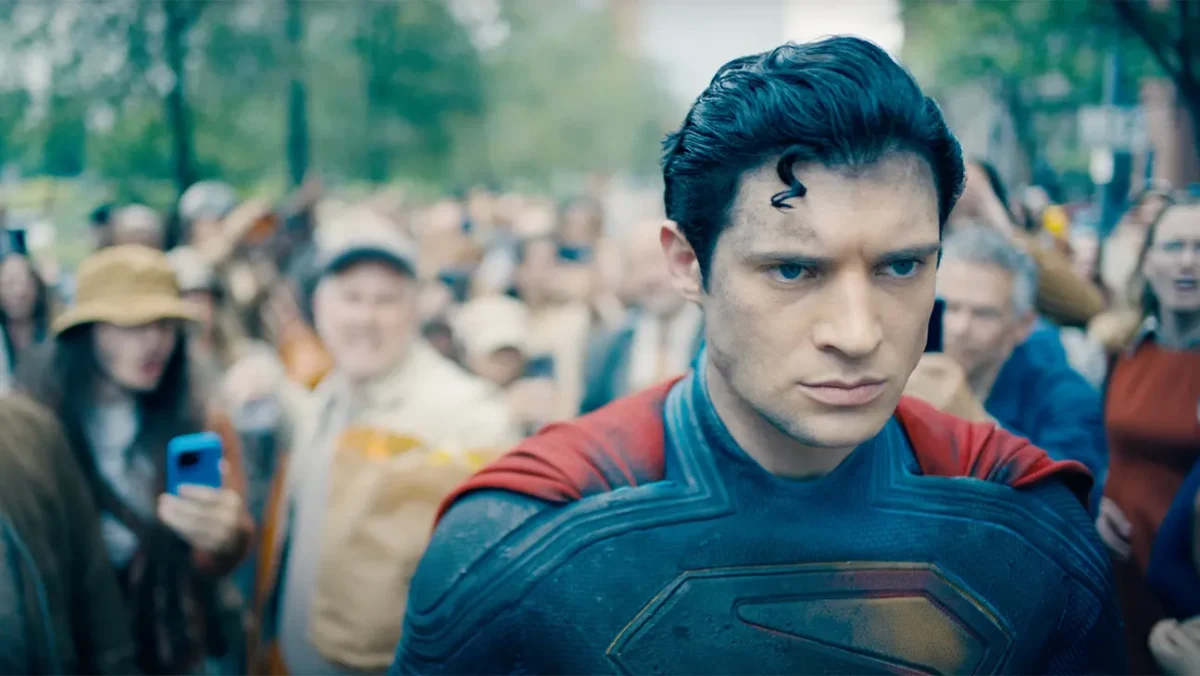Thanksgiving. The warm aroma of roasted turkey and spiced pumpkin fill the air, mingling with the laughter of children and clinking of glasses. Families gather around the table, their faces illuminated by the warm glow of the fireplace. As they share stories and give thanks, they end the evening with full hearts and satisfied appetites. Have you ever wondered about the origins of this beloved holiday? Before you dig into your Thanksgiving meal, have a taste of the beginnings of this cherished tradition!
Thanksgiving dates back to 1621, when the Pilgrims and the Wampanoag people gathered for a three day autumn feast in Plymouth, Massachusetts. It was held to celebrate the Pilgrim’s first successful harvest in the New World, likely including foods such as deer, corn, meat, and shellfish, accompanied with dancing, singing, and ball games. The event marked a moment of peace and cooperation between the two groups, setting a precedent for future celebrations of thankfulness and love. Though this festival is widely regarded as the “first Thanksgiving”, similar feasts have been recorded which precede the event, such as one shared between Spanish explorers and the native Timacuan people in Florida in 1565 as well as one held by British settlers in Virginia in 1619, leading some to challenge the idea.
Thanksgiving began as a harvest festival celebrated in various states. Sarah Josepha Hale campaigned for nearly 30 years to make the event a national holiday until 1863, when President Abraham Lincoln heeded her request in an attempt to foster a sense of unity during the Civil War. In 1939, President Franklin D. Roosevelt moved Thanksgiving to the fourth Thursday in November to extend the shopping season. This caused some confusion, leading to two different dates in some years, which became known as “Franksgiving”. In 1941, Congress made Roosevelt’s change the official date, ensuring consistency nationwide.
While Thanksgiving is a joyous occasion for many, it is important to acknowledge the complex history behind the holiday. The traditional narrative of Thanksgiving often overlooks the violent history between Native American and European settlers, instead presenting an overly positive image of their relationship. In response to this, the “National Day of Mourning” has been held at Cole’s Hill in Plymouth since 1979. This gathering acts as a reminder of the realities of this glorified historical event, as well as the general suffering and injustices faced by indigenous peoples. According to a local retired history teacher, “By understanding this, we can appreciate the holiday in a more meaningful way. It becomes a time to reflect on our history, educate ourselves and others, and truly give thanks for what we have. It’s about finding a balance between celebrating the good aspects and honoring the truth of the past.”
Today, Thanksgiving is characterized by a large, festive meal shared by family and friends featuring turkey, stuffing, mashed potatoes, cranberry sauce, and pumpkin pie. It is a time for reflection and expressing gratitude for the blessings of the past year. Modern day traditions include watching parades, such as the Macy’s Thanksgiving Day Parade, which features giant balloons, floats, and performances. Football is another staple of the holiday, with many families watching games together. Turkey trots are also common, as well as volunteer work and preparing for Black Friday, making it a multifaceted holiday that blends history, culture, and community. If you’d like to spice up your Thanksgiving meal, a long-time celebrant and Maple Valley resident has a great idea for you, “we do an ‘International Potluck’. Everyone brings a dish from a different country or does spin on a traditional one. Last year, my cousin brought sushi, and my aunt made pumpkin mac and cheese! It’s always great to see family – it’s one of my favorite days of the year.”










Arnaaz Saranda • Dec 4, 2024 at 8:52 am
I didn’t know that Thanksgiving was once known as Franksgiving. That’s so weird. Great article.